Manuka honey is known as a strong antibacterial and is often used for bacterial infections and wound healing. But did you also know that Manuka has anti-fungal properties?
Before we discuss the fungi fighting properties of Manuka and how you can use it, let’s find out what fungal infections are.
What is a fungal infection?
A fungal infection or mycosis is a disease caused by a fungus (yeast or mould). Fungi are microorganisms that are neither plants nor animals. Fungi are everywhere in the environment and are even found on or inside your body. There are a million species of fungi, but only a few hundred will make you sick if you come into contact with them either physically or if you breathe in fungal spores. Sometimes the fungi in your body can get out of control and cause an infection too.
Some common examples of fungal infections that you may have heard of are athlete’s foot, jock itch, ringworm, vaginal yeast infections, thrush, and nail infections.
Fungal infections can occur in anyone, even if you are healthy. However, people with weakened immune systems are more susceptible to it.
Is Manuka Honey good for fungal infections?
Although not predominantly used for fungal infection, a 2019 study suggests that honey may be able to inhibit the growth of fungi. The study tested honey against Dermatophyte fungi, also known as ringworm fungi (tinea), and Candida Albicans which can cause yeast infection if there is an overproduction of it in our bodies. Dermatophyte fungi commonly cause superficial fungal infections of the skin, hair, and nails, although the infections can also be caused by the Candida species. The researchers in this study found that Agastache, Tea Tree and Manuka honey had the highest levels of fungicidal activity. Particularly, Manuka inhibited the growth of Candida and showed some activity against the ringworm fungi.
However, studies also show that fungi, including Candida Albicans and dermatophyte species are inhibited by honey with higher levels of hydrogen peroxide production, thus indicating that they are more effective anti-fungal agents than Manuka honey which has a comparatively lower hydrogen peroxide activity than other types of honey.
Manuka honey may be useful for allergic fungal rhinosinusitis (AFRS) which is an inflammatory sinus disease caused by an allergic reaction to fungi inside the nose. According to a 2011 study from the St. Paul’s Sinus Centre in Vancouver, Canada, a number of patients who sprayed a 50/50 mixture of honey-saline solution once a day at night for 30 days responded well to the honey spray and showed improvement in their symptoms. However, the use of honey did not reduce the growth of the fungi in the sinus cavities after 30 days of treatment.
Other laboratory studies have demonstrated the antifungal activity of Manuka honey, but more conclusive research is needed to understand how Manuka contributes to antifungal applications and treatment.
How to use Manuka honey for fungal infections?
The best method to use Manuka honey for fungal infections would depend on what the infection is and where it is occurring. While topical applications work best, some infections may occur in parts of the body that are hard to reach. Also, since honey is water soluble, it can get diluted or removed by body fluids like saliva.
It’s always best to consult a healthcare professional before using honey for fungal infections and discuss methods of applications.
At Nature’s Gold, we have a range of therapeutic Manuka honey products and premium Manuka honey that can be beneficial for health. Visit our online store today!


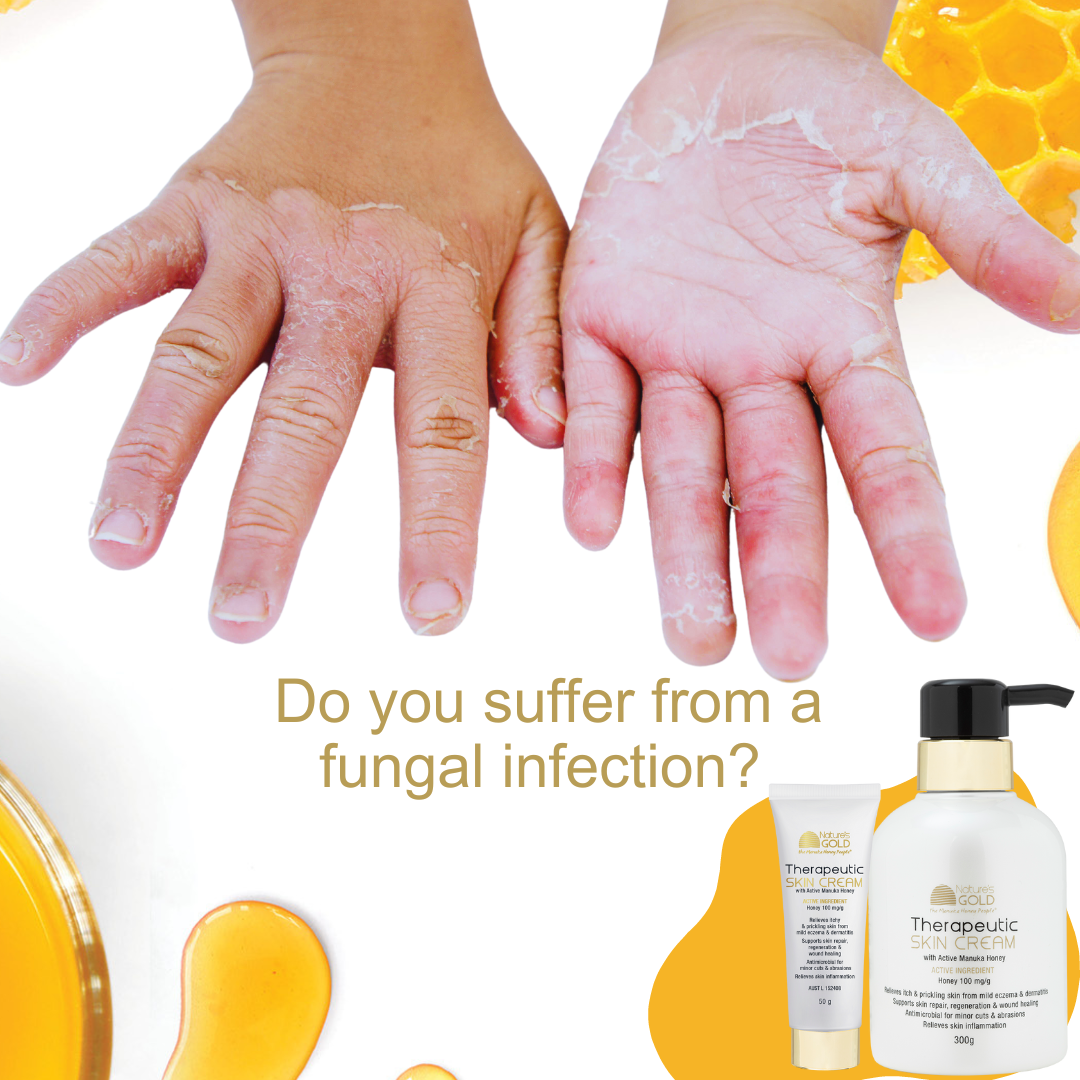
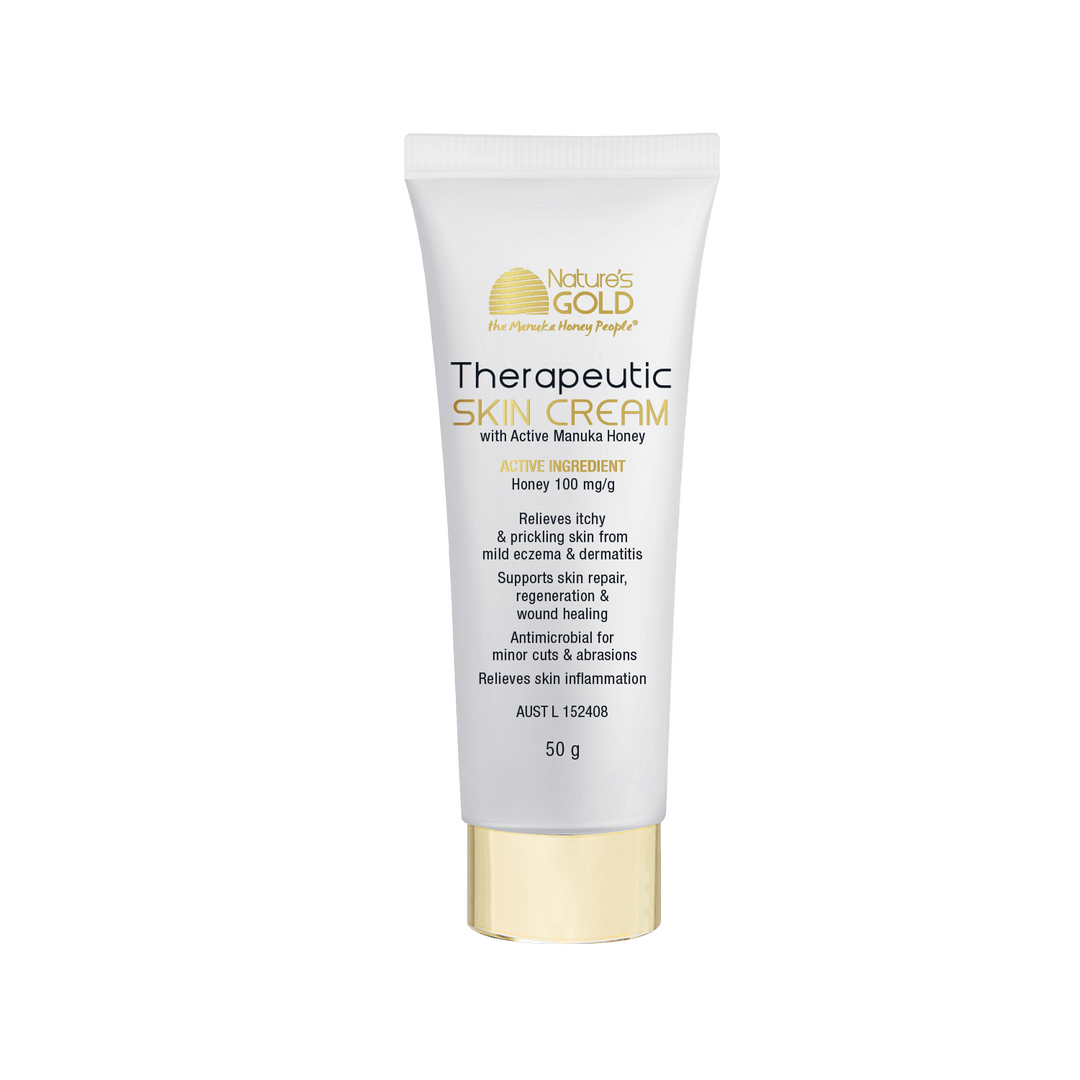
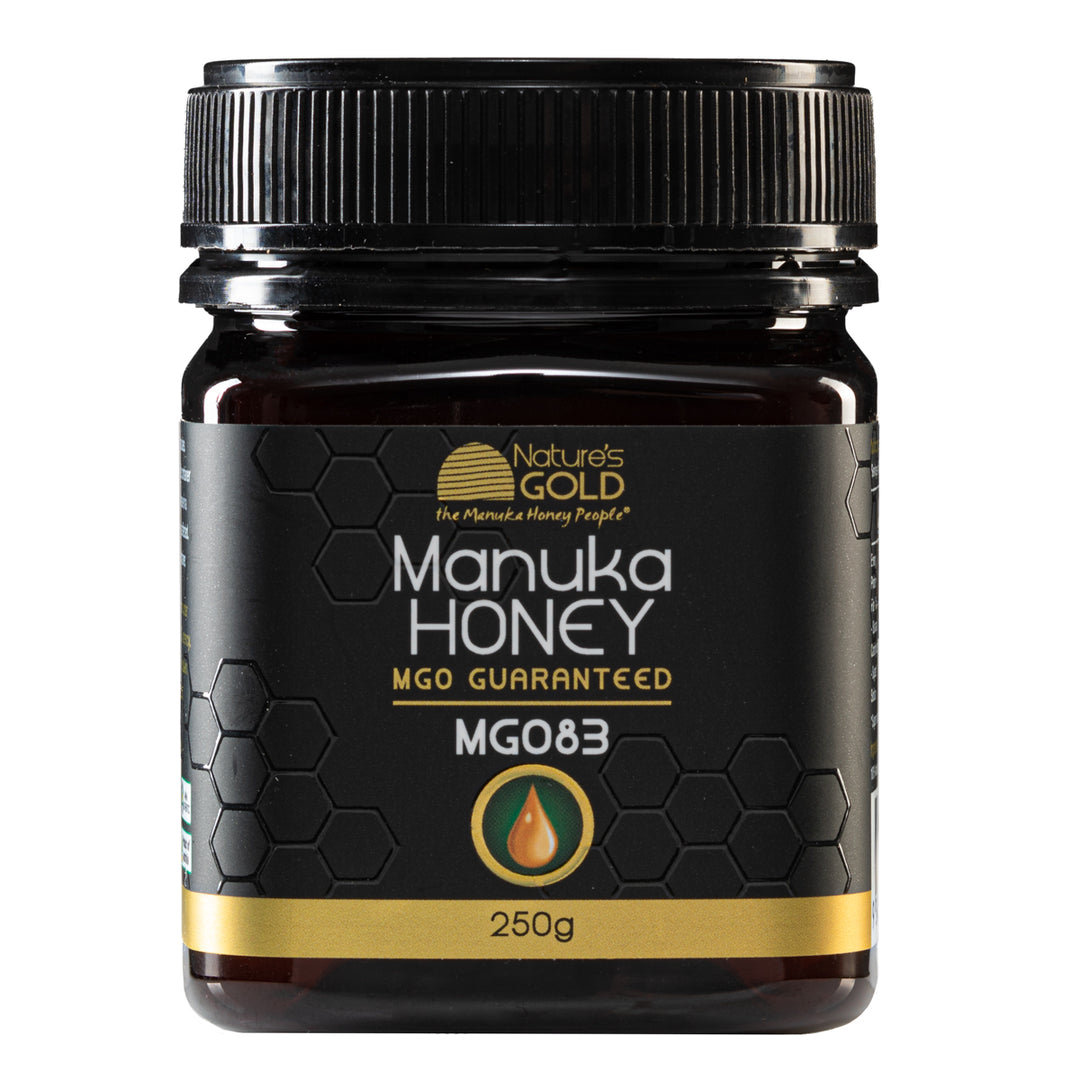
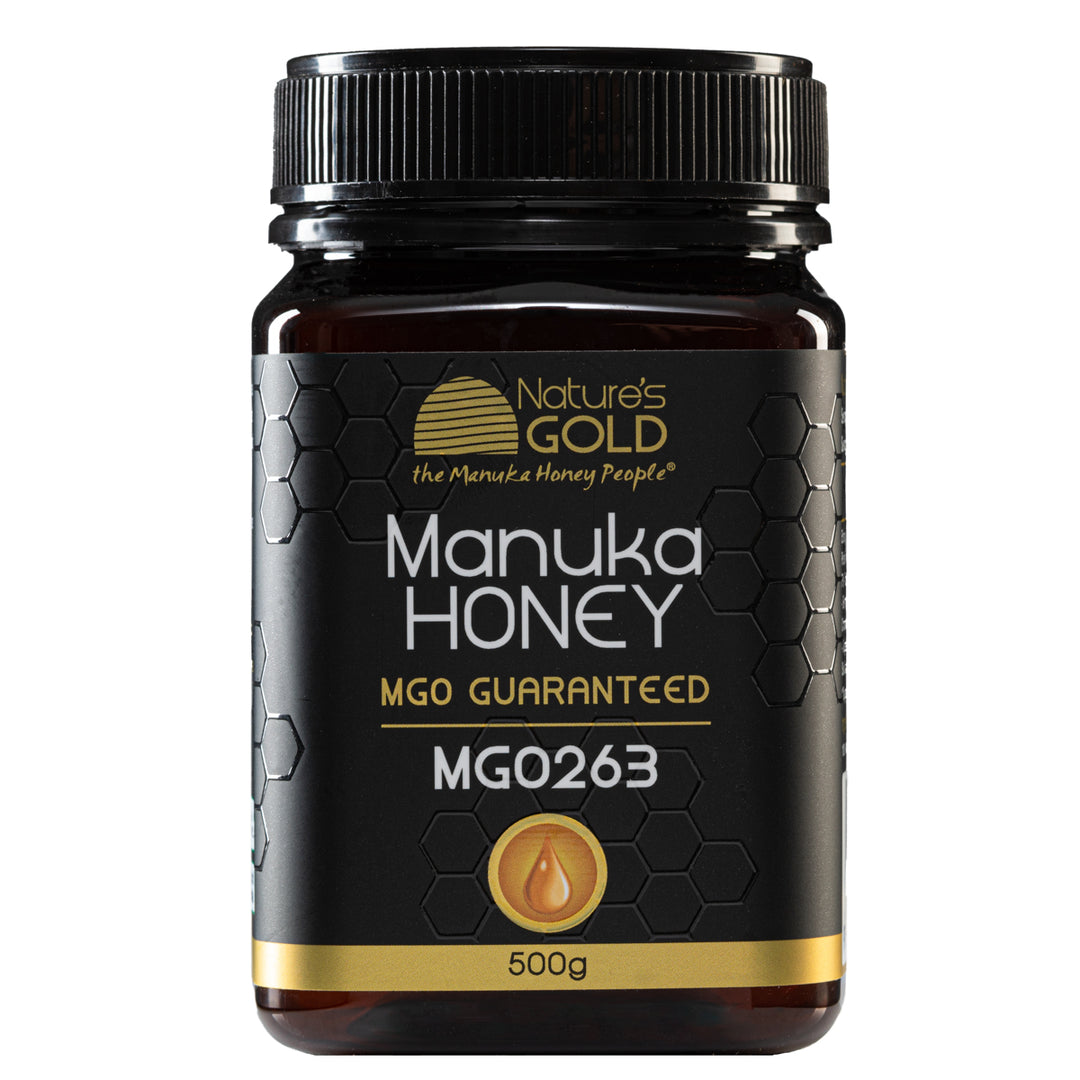
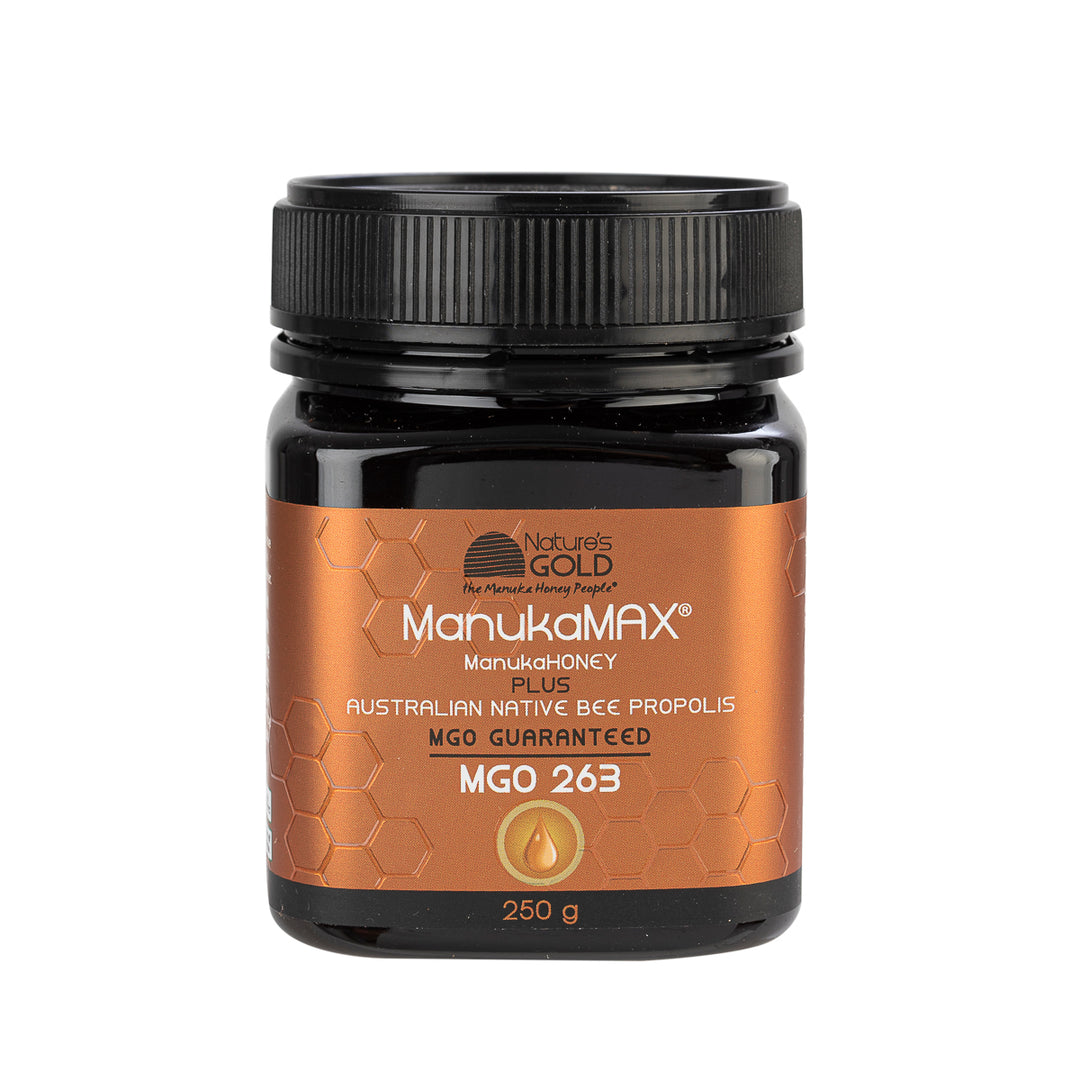
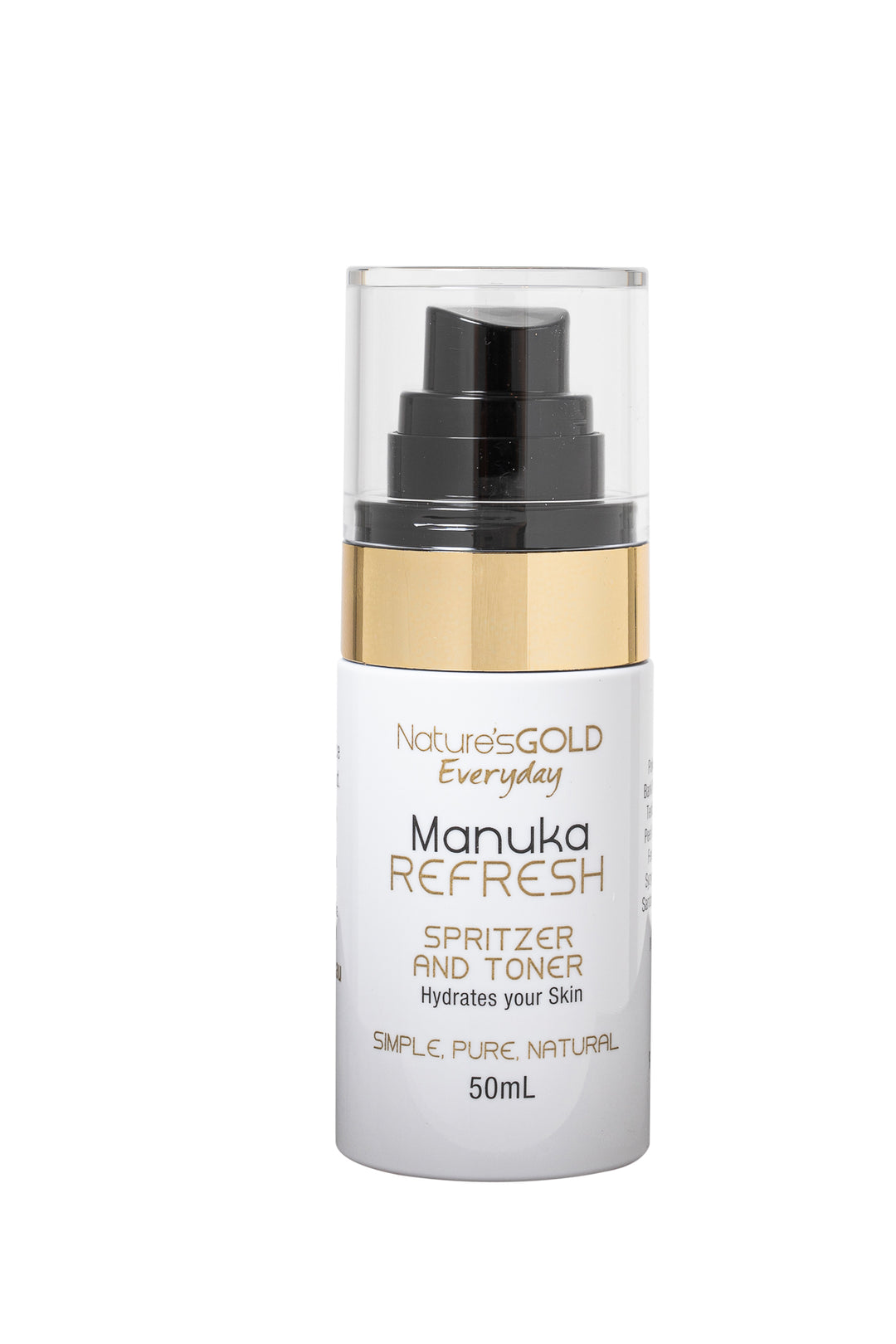
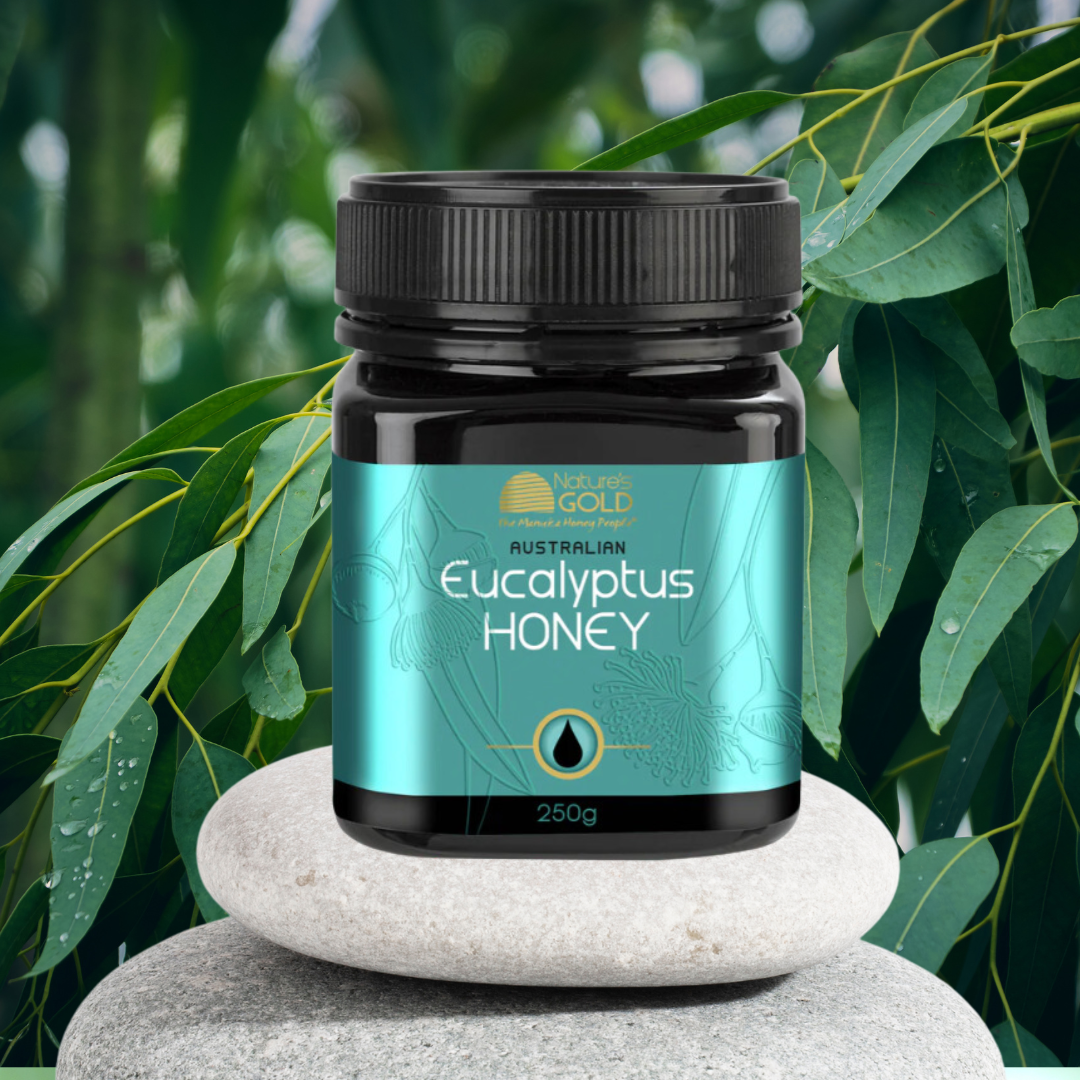

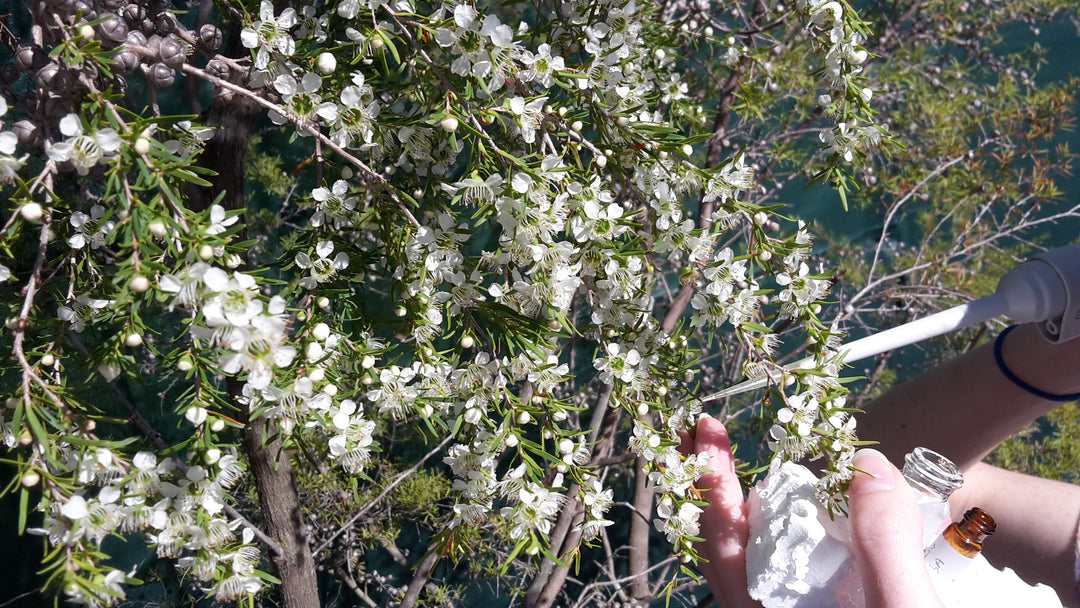
Leave a comment